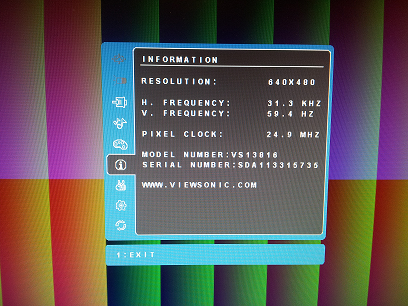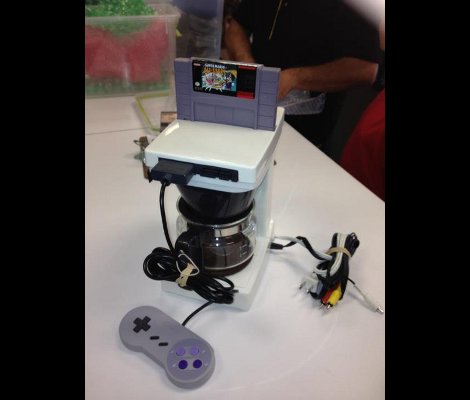It’s fairly easy to create VGA with an FPGA using a simple R/2R DAC. As [Mike] points out, this requires a lot of IO pins, and many development boards only support 8 bit VGA. Analog VGA is being replaced with DVI-D and HDMI on many devices nowadays, so it would be nice to port projects from VGA to DVI-D.
To address this, he’s come up with a simple DVI-D implementation in VHDL. The result converts RGB and sync data for VGA into DIV-D. Since DVI-D and HDMI both use the same signals for video, this can be connected to either input on a monitor or TV.
This implementation is shown displaying a test pattern on the Pipistrello development board, which features a Spartan 6 LX45 FPGA, but the project was written to be portable to other vendor’s FPGAs. With the right connector and a fast enough clock speed, this project should help move a project from 8 bit VGA to glorious 32 bit color.
















